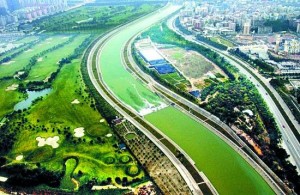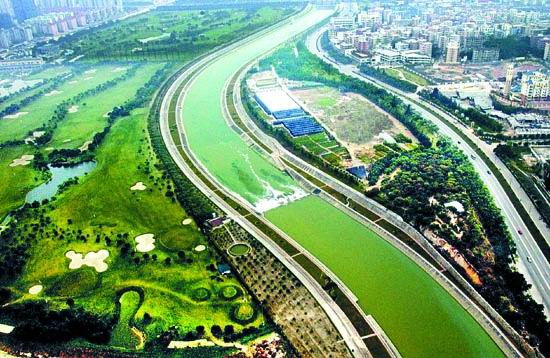 Track2Realty: A reported provision in the proposed law to regulate the real estate sector to send individual or an entity to jail for “misleading” advertisements would be quite a retrograde and adversarial step for investment in the realty sector as it would be open to misuse by a few corrupt officials, ASSOCHAM said on Friday, March 29.
Track2Realty: A reported provision in the proposed law to regulate the real estate sector to send individual or an entity to jail for “misleading” advertisements would be quite a retrograde and adversarial step for investment in the realty sector as it would be open to misuse by a few corrupt officials, ASSOCHAM said on Friday, March 29.
Lodging a strong opposition to any such proposal, the ASSOCHAM said advertisements for all products and services are created on some aspirational attributes of the society and individuals….those aspirations as depicted in the advertisements can be real or can be purely “aspirational”.
“Any official, if he/she so feels and interprets it like that can call it misleading and book a criminal case against the company or an individual. That is not a correct, smart and fair way of regulating any sector,” the chamber said in a statement.
It said another reported provision would not even allow a developer to put up a picture, other than that of the project.
“This is a very peculiar and not a constructive idea… If a realty project has to be hard-sold and a happy family is shown in the ad insertion, nothing should be perceived as misleading in it. The entire marketing of a large number of products is based on aspirations of consumers. How do you sell houses and commercial space only by showing the projects when they are in construction stage? Should the developers show only the concrete and iron and the labour on the site.” ASSOCHAM said.
Yet another provision reportedly would require the realty companies to maintain separate bank accounts for each of their projects so that no perceived diversion of funds takes place from one project to the other.
“This is totally unworkable. A large sized company would work simultaneously half-a dozen projects. You would ask them to open that many accounts and those many balance sheets and cash flows. Firstly, businesses are not done like that. You cannot have companies within companies, and secondly, this would push the establishment costs… have those many accounts and finance personnel. It will be quite a messy situation”, the Chamber Secretary General D.S. Rawat said.
It said the realty sector, as it is, is going through the most difficult times. The banks are not willing to finance the builders and developers, they are also reluctant to finance the dwelling units to the end-users as several banks, particularly the PSU banks, follow some rigid models. High interest rates are doing an equal damage to the sector.
The result is heavy inventory and problems of cash flows in the industry which is known to be one of the largest employment creators. Contrary to other perceptions, the construction and the real estate sector is very inclusive in nature as an increased activity leads to higher wages for labour, leaves more purchasing power in their hand and overall societal welfare.
Besides, it meets the housing shortages. “The proposed law to set up a regulator with vast powers along with the Land Acquisition Bill which makes land acquisition very difficult and expensive for the realty sector will together choke this industry, which in the recent past has seen a large number of players leading to intense competition which ultimately helps the end-users.
Besides, the developers are helping the country urbanise fast, the most important aspect of the Indian model of growth.
“We need fast urbanisation as the agriculture and the rural areas would not be able to support the job requirements. The realty firms are not only now concentrated in the big four or six cities, but also in smaller cities, and towns creating more and more economic hubs in the hinterland. Today malls are not limited to only Delhi, Mumbai and Chennai but a large number of tier two cities like Indore, Patna, Amritsar, Chandigarh, Jaipur, Madurai, Coimbatore etc. are witnessing a lot of organised retail like malls and multiplexes…this is really good for the big cities as the population load gets dispersed,” it said.
The ASSOCHAM would urge the government to come out with pragmatic bill and the industry is all for a regulator which would be good for the end-user and fair to the developers of the realty sector.
More than that, the industry would also urge the government to facilitate at the state government levels liberal construction rules so that the requirements of increasing population can be accommodated since the land resource is scarce.






1 Comment
thanks for the information.!!